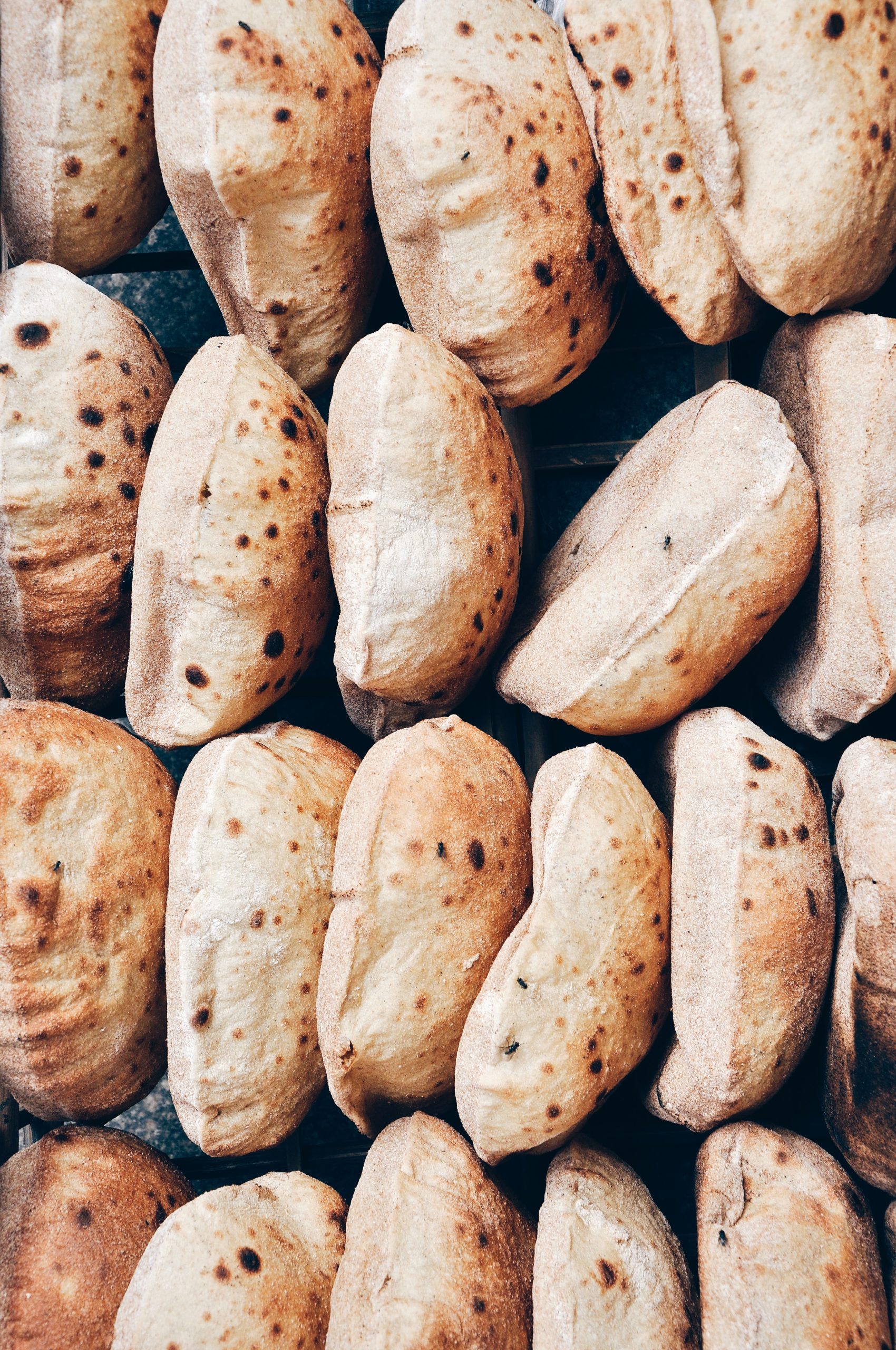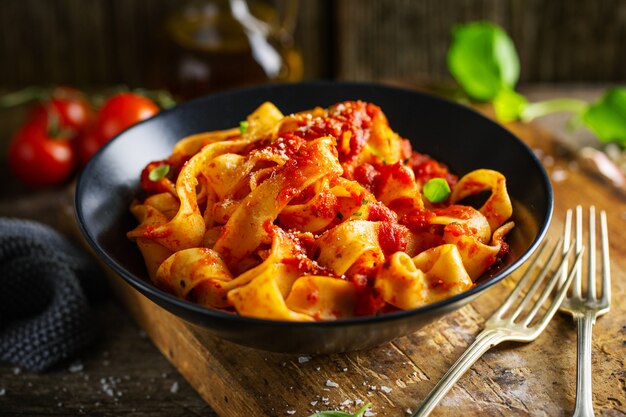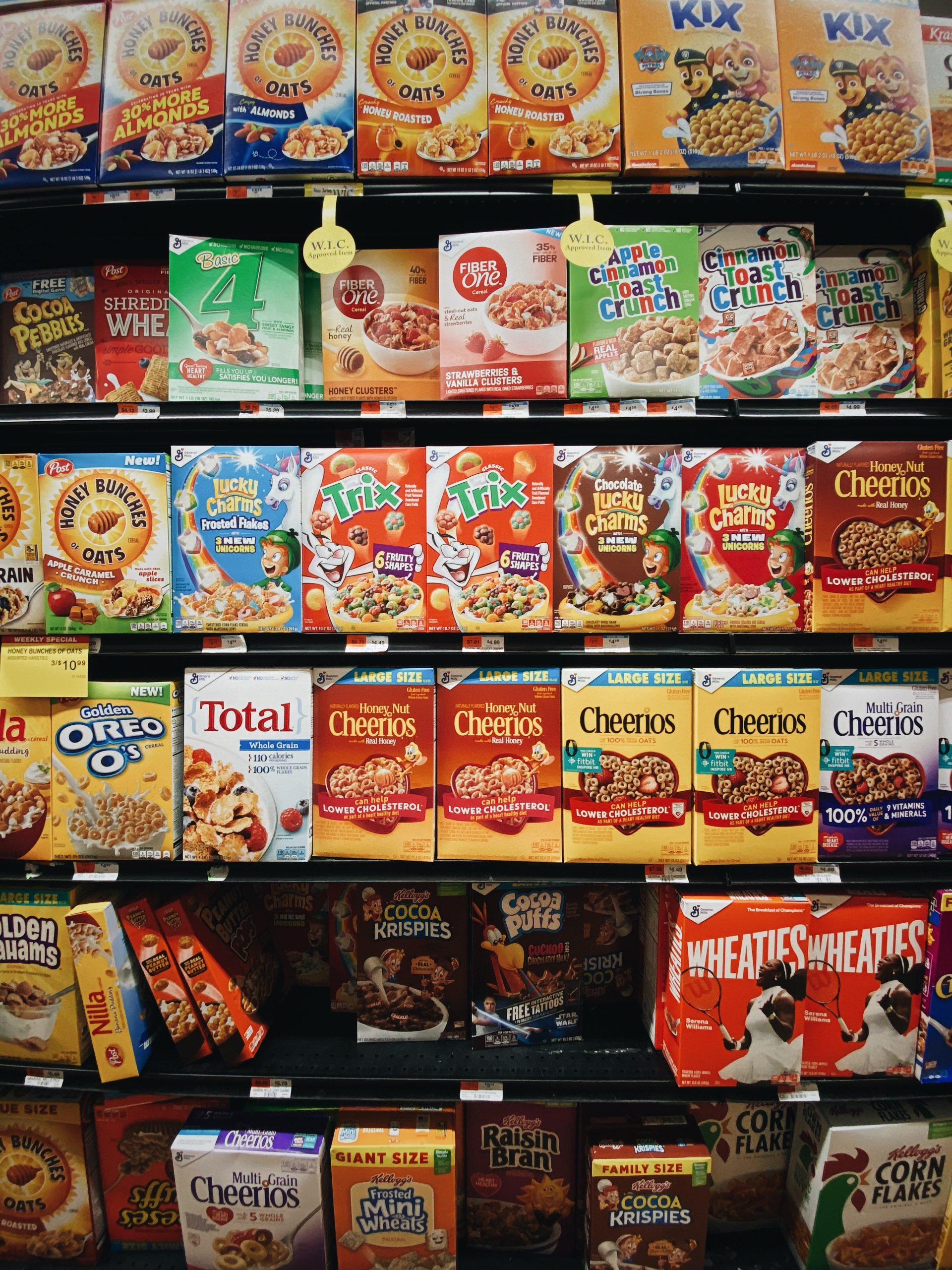Introduction to bread
Bread has been a staple food for centuries, providing us with sustenance and comfort in every bite. From crusty artisan loaves to fluffy white sandwich bread, there’s something about bread that satisfies our cravings and warms our souls. But did you know that this humble ingredient can be used to create delicious meals all on its own? That’s right – with just one ingredient, the possibilities are endless! In this blog post, we’ll explore the art of bread-making and share some mouth-watering recipes that will make your taste buds sing. So grab a slice (or two) of your favorite loaf and let’s get started!
The different types of bread
Bread is a staple food item that has been around for centuries. It comes in different shapes, sizes, textures, and flavors. The type of bread you choose depends on personal preference and the dish you plan to make.
One popular type of bread is sourdough bread which originated from San Francisco. It has a tangy taste and chewy texture due to its fermentation process.
Another type of bread is French baguette which has a crispy crust with soft interior. This long and narrow-shaped loaf can be used for sandwiches or toasted as an appetizer.
Whole wheat bread is another healthy option made from whole wheat flour instead of refined flour. It’s rich in fiber, vitamins, and minerals making it a nutritious choice.
Pita bread is widely used in Middle Eastern cuisine and can be stuffed with meats or vegetables. Its pocket-like shape makes it perfect for filling with your favorite ingredients.
There’s ciabatta bread originating from Italy known for its airy holes inside the dough giving it a unique texture perfect for dipping into olive oil or spreading butter on top.
Each type of bread offers its own unique qualities adding flavor and texture to any meal or snack.
How to make bread
Making bread may seem daunting, but it’s easier than you might think! First, gather your ingredients: flour, water, salt and yeast. Mix the flour and salt in a bowl before adding the yeast to warm water. Let sit for five minutes until frothy.
Next, add the wet mixture to the dry ingredients and knead for about 10-15 minutes until smooth and elastic. Place in an oiled bowl and cover with plastic wrap. Leave it somewhere warm for about an hour or until doubled in size.
Preheat your oven to 425°F (220°C) while shaping your dough into a loaf or rolls. Place on a greased baking sheet before placing in the oven. Bake for around 30-40 minutes depending on what type of bread you’re making.
Once baked through with that lovely golden crusty exterior – let cool completely on wire racks before slicing into that delicious homemade goodness!
Recipes using bread
Bread is a versatile ingredient that can be used in many recipes, whether sweet or savory. Here are some delicious and creative ideas for using bread:
French toast: A classic breakfast dish made by dipping slices of bread into a mixture of eggs and milk, then frying until golden brown. Serve with maple syrup and fresh fruit for a satisfying meal.
Bread pudding: Another classic dessert that uses stale bread as its base. Mix eggs, milk, sugar, vanilla extract, and cinnamon together before pouring over cubed bread in a baking dish. Bake until golden brown and serve warm topped with whipped cream or ice cream.
Grilled cheese sandwich: This simple but delicious lunchtime favorite involves placing cheese between two slices of bread before toasting on both sides until the cheese melts. Add bacon or tomato to take it up a notch.
Croque-monsieur: A French twist on the grilled cheese sandwich featuring ham and Gruyere cheese melted between two slices of white bread coated in béchamel sauce.
Bruschetta: An Italian appetizer consisting of toasted baguette slices rubbed with garlic before being topped with fresh diced tomatoes, basil leaves, olive oil, salt, and pepper.
With so many options available when it comes to cooking with bread, there’s no excuse not to experiment in the kitchen!
The benefits of bread
Bread is often considered a staple food in many cultures and for good reason – it offers numerous benefits to our overall health. One of the primary advantages of bread is that it is an excellent source of carbohydrates which provides us with energy throughout the day.
Another benefit of bread is its high fiber content. Whole grain bread, in particular, can help regulate bowel movements and maintain a healthy digestive system. Fiber also helps to reduce cholesterol levels by removing excess fats from the body.
Bread also contains various essential nutrients such as iron, zinc, magnesium and B vitamins which are important for maintaining healthy bones and reducing the risk of chronic diseases like heart disease and type 2 diabetes.
In addition to being nutritious, bread can be a highly versatile ingredient when it comes to meal preparation. From sandwiches to croutons or even French toast — there are countless ways you can incorporate bread into your diet!
It’s worth noting that not all types of bread offer equal nutritional value so it’s best to choose whole-grain or multigrain options over processed white varieties. Incorporating quality bread into your diet has numerous benefits beyond just satisfying hunger!
Conclusion
Bread is not just a simple carbohydrate-rich food that we consume in our daily lives. It is an art that requires skill and precision to create. The different types of bread are endless, from sourdough to focaccia, each with its unique flavor and texture.
Making bread may seem daunting at first glance, but it can be an enjoyable activity that brings satisfaction when one sees the finished product. There are numerous recipes available online or in cookbooks for those who want to try their hand at baking their own bread.
Bread also offers various health benefits such as providing essential nutrients like carbohydrates, fiber, vitamins B and E among others. Moreover, eating whole-grain bread helps prevent chronic diseases such as diabetes and heart disease.
In summary, the art of making and consuming bread goes beyond the physical act itself; it has cultural significance worldwide where it plays a crucial role in meals from breakfast toast to sandwiches for lunch or dinner rolls at family gatherings. So go ahead and embrace this delicious staple food by exploring new flavors while enjoying its many health benefits!










